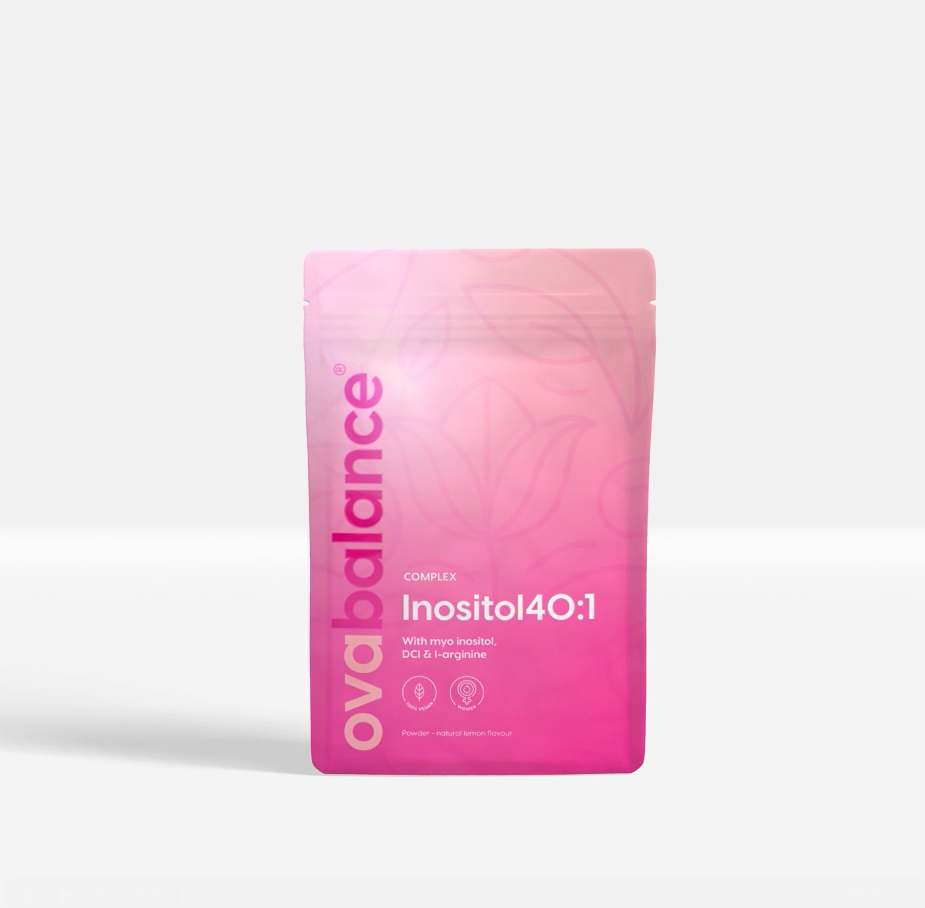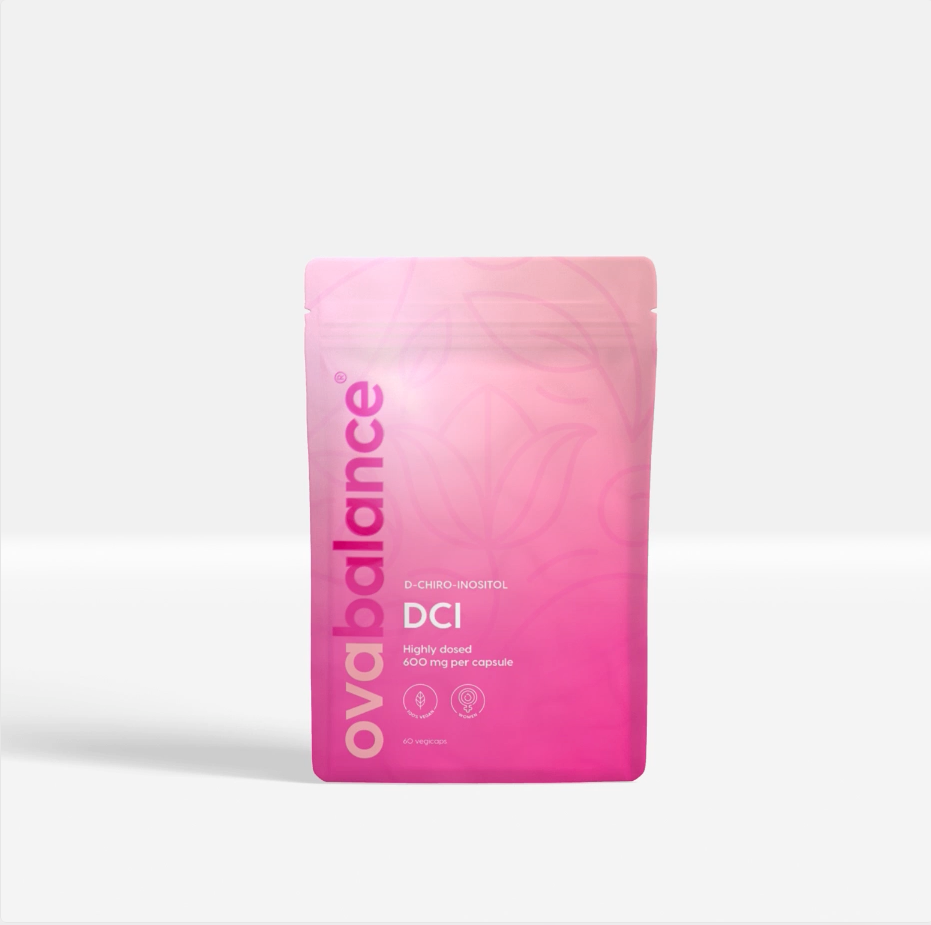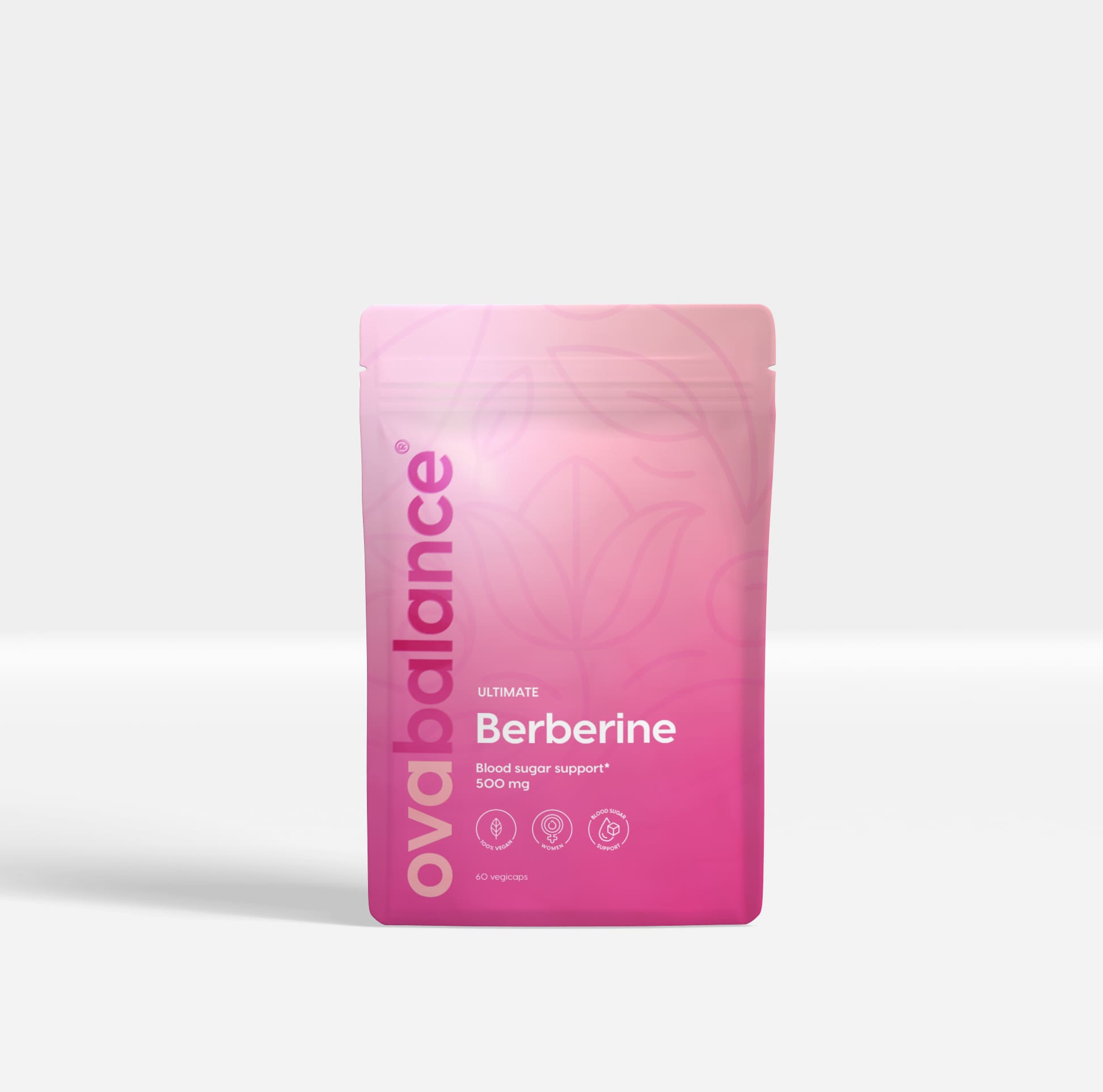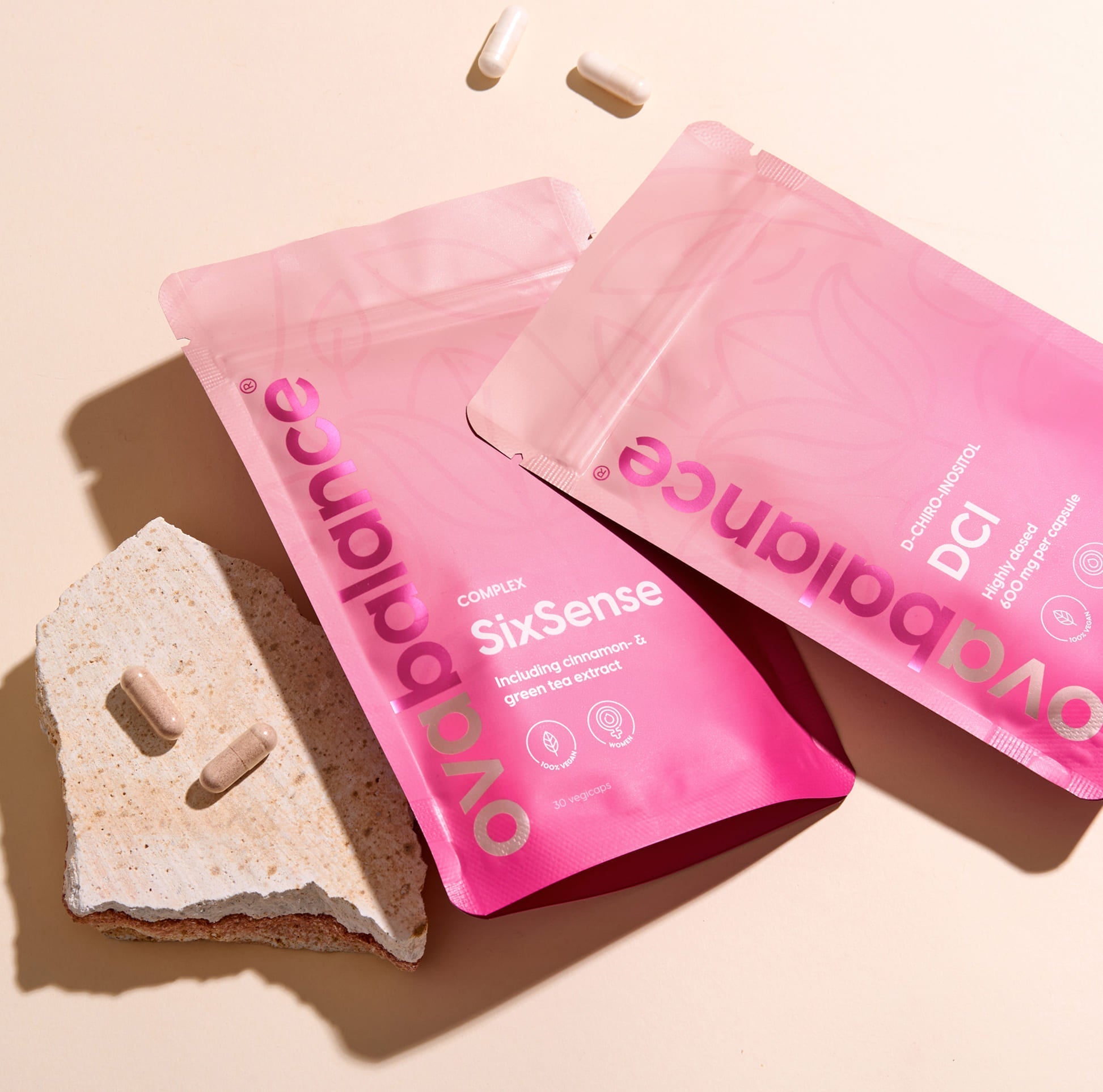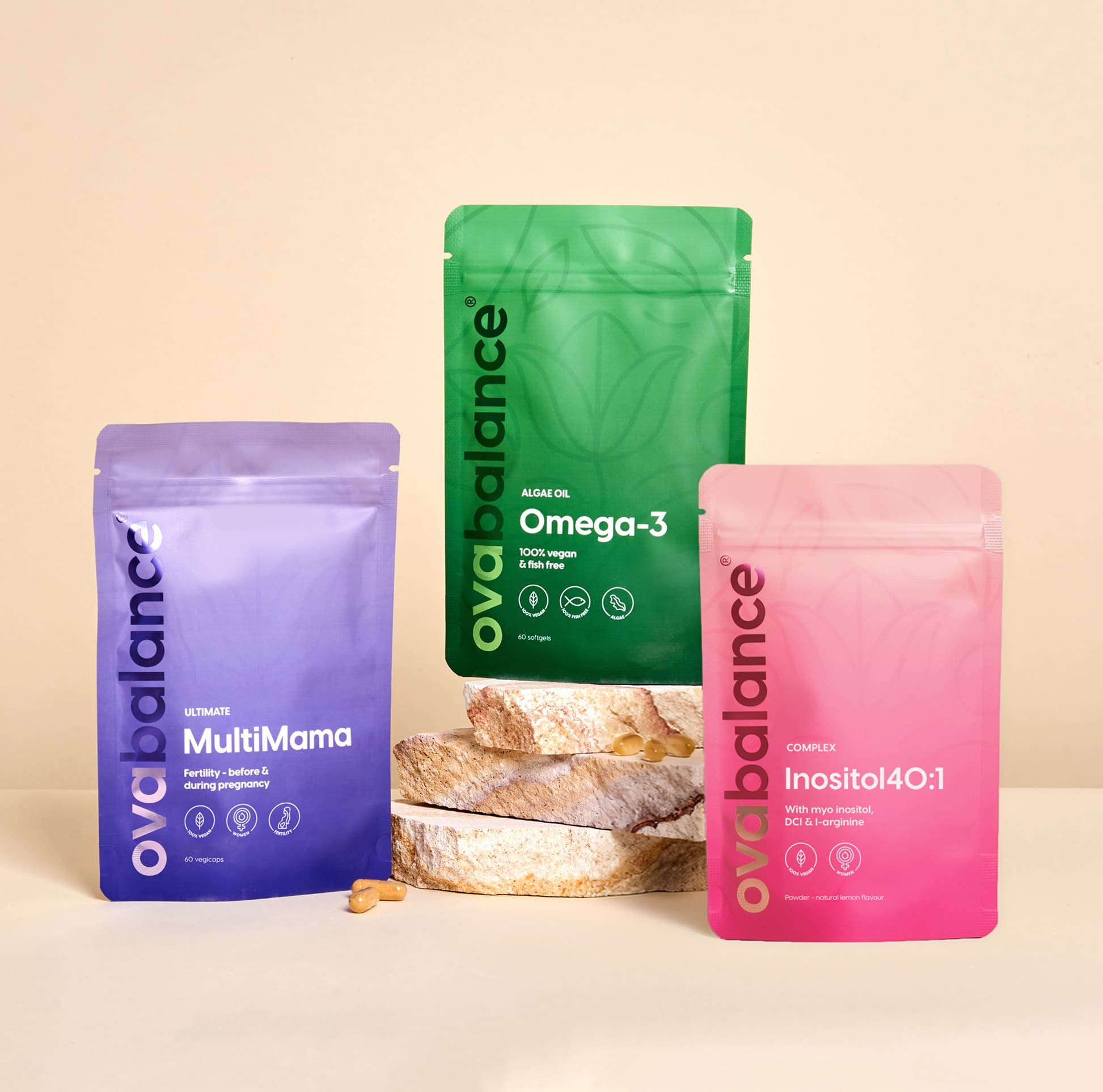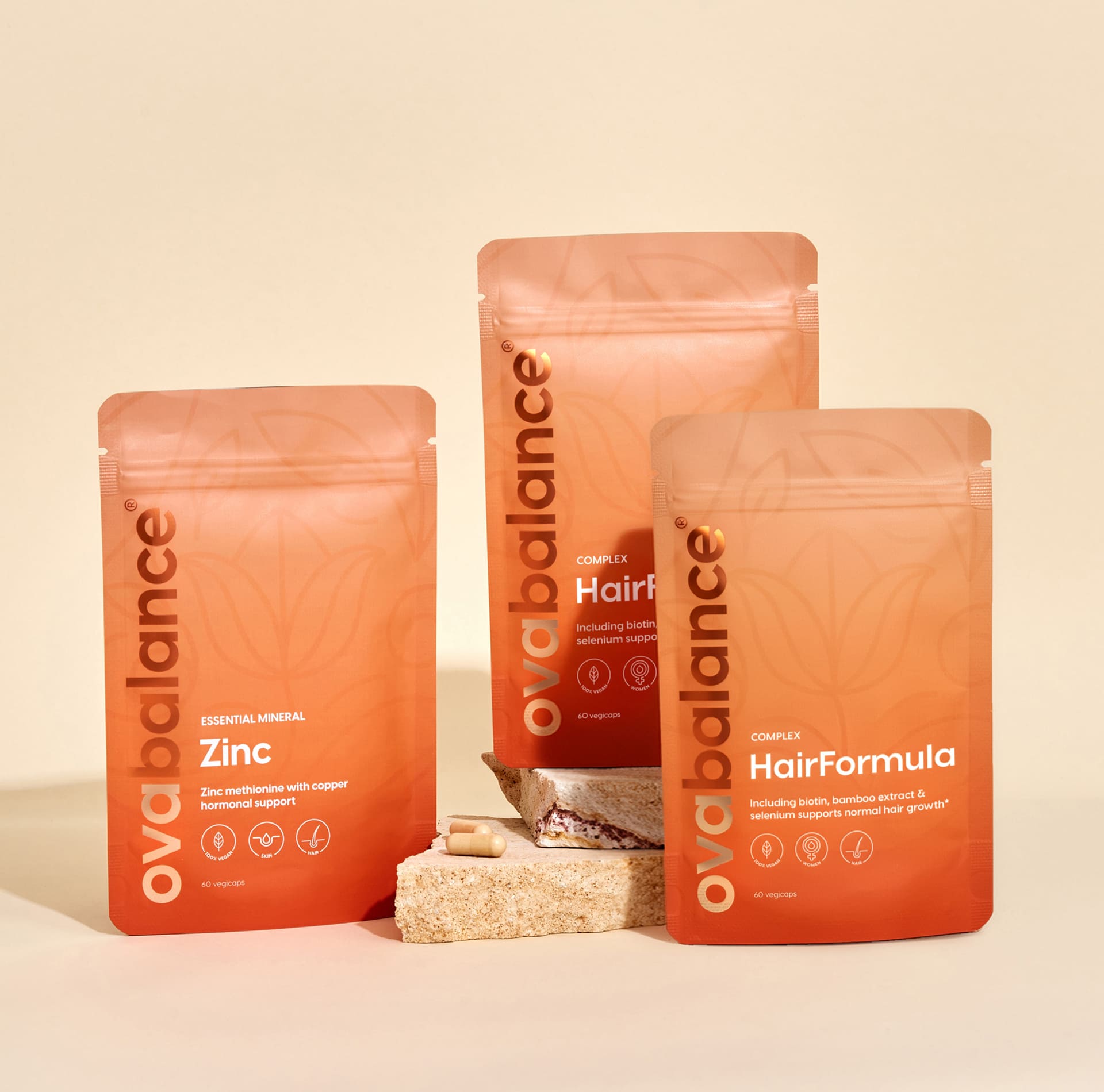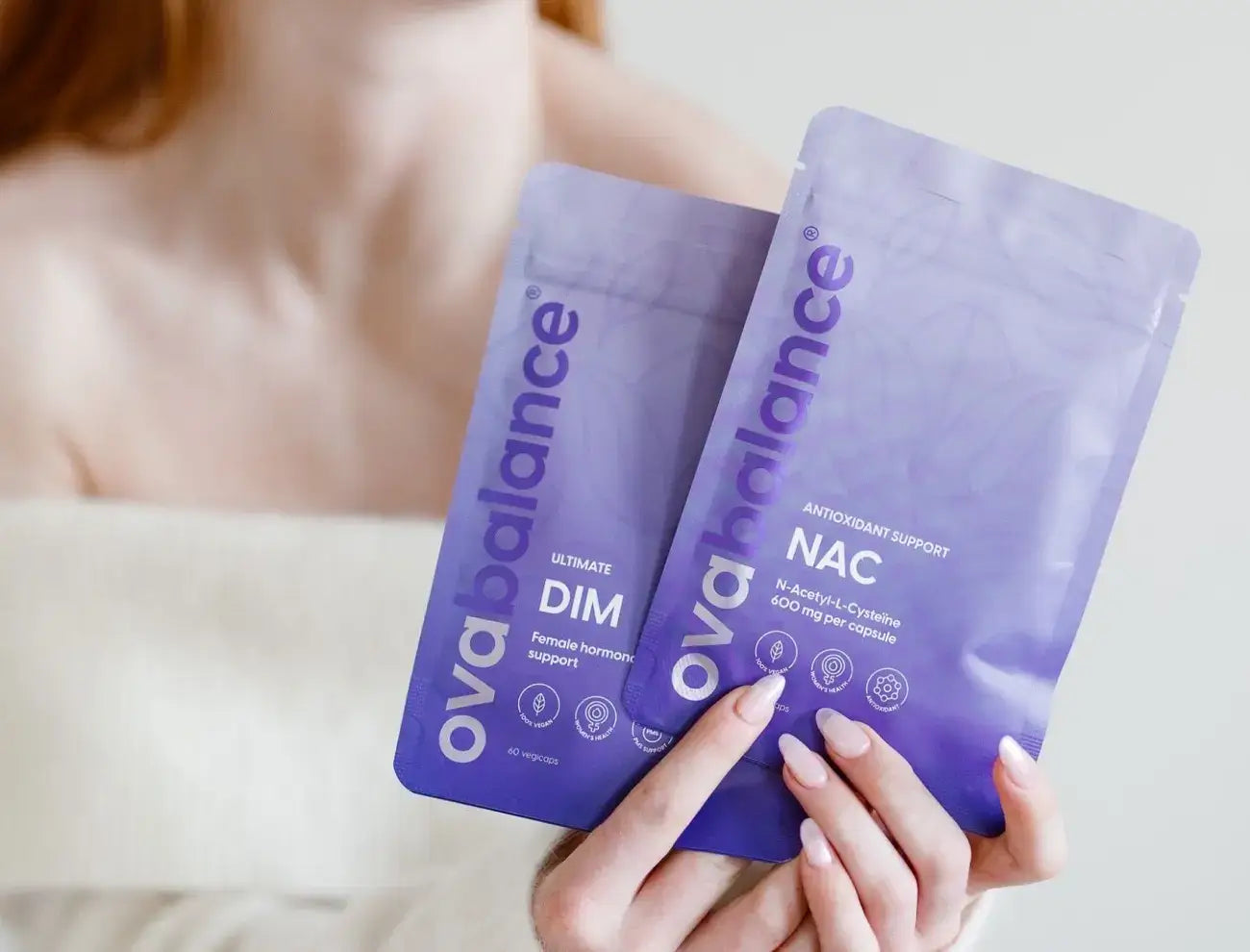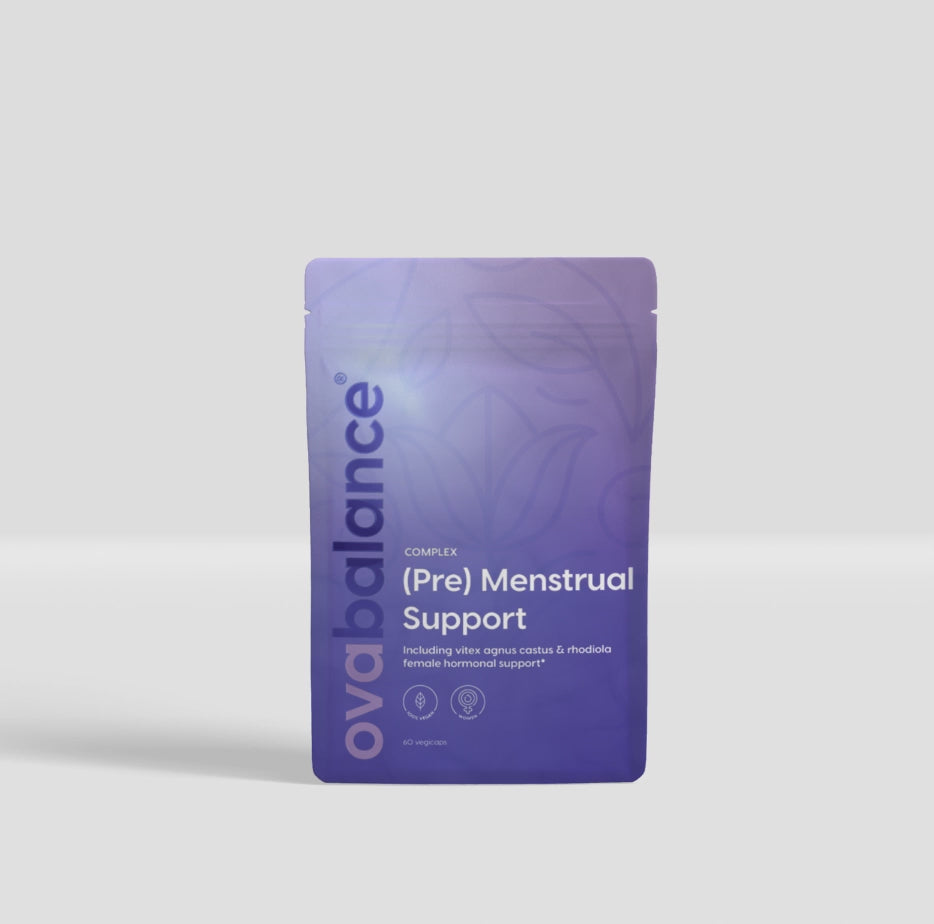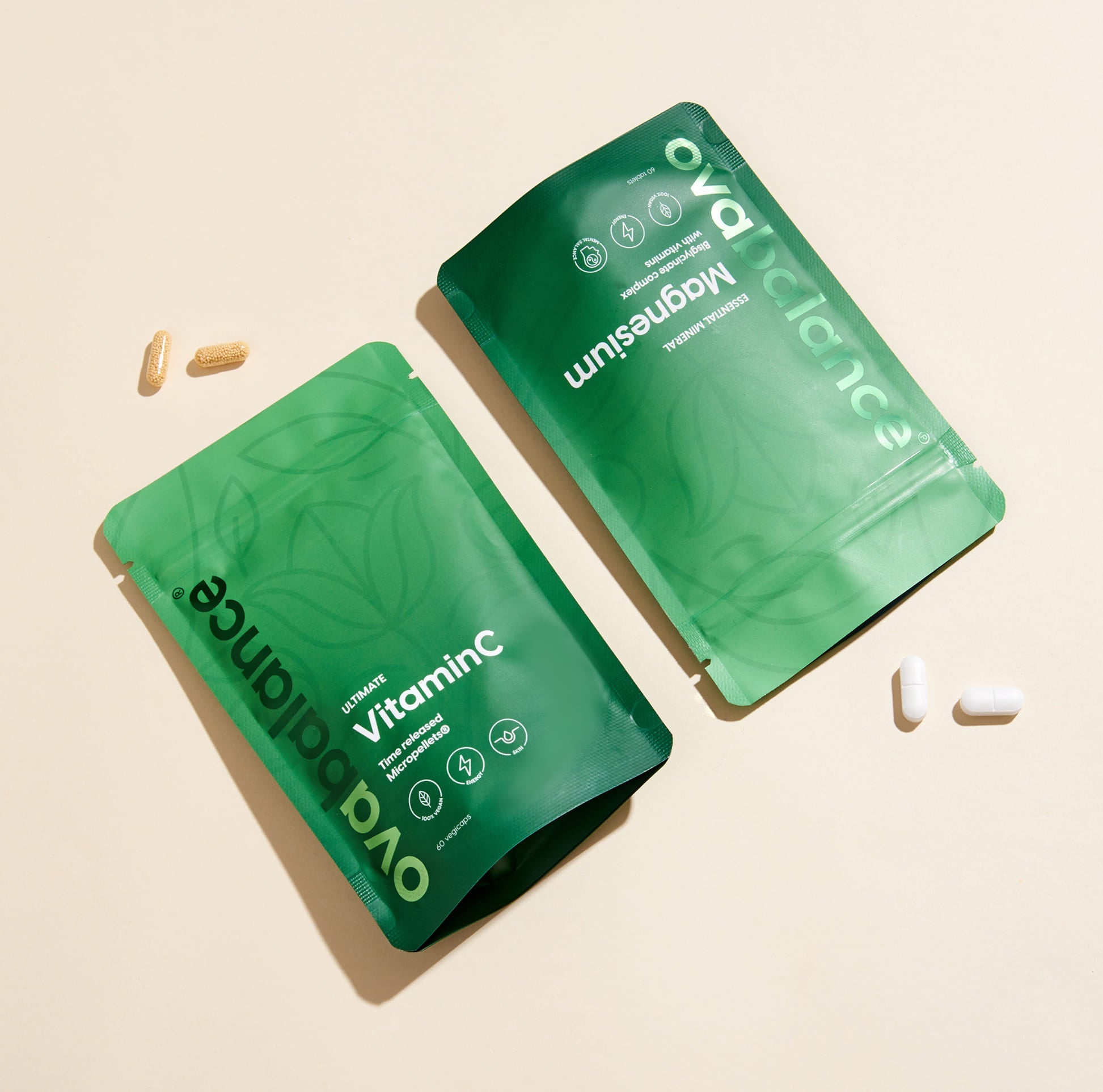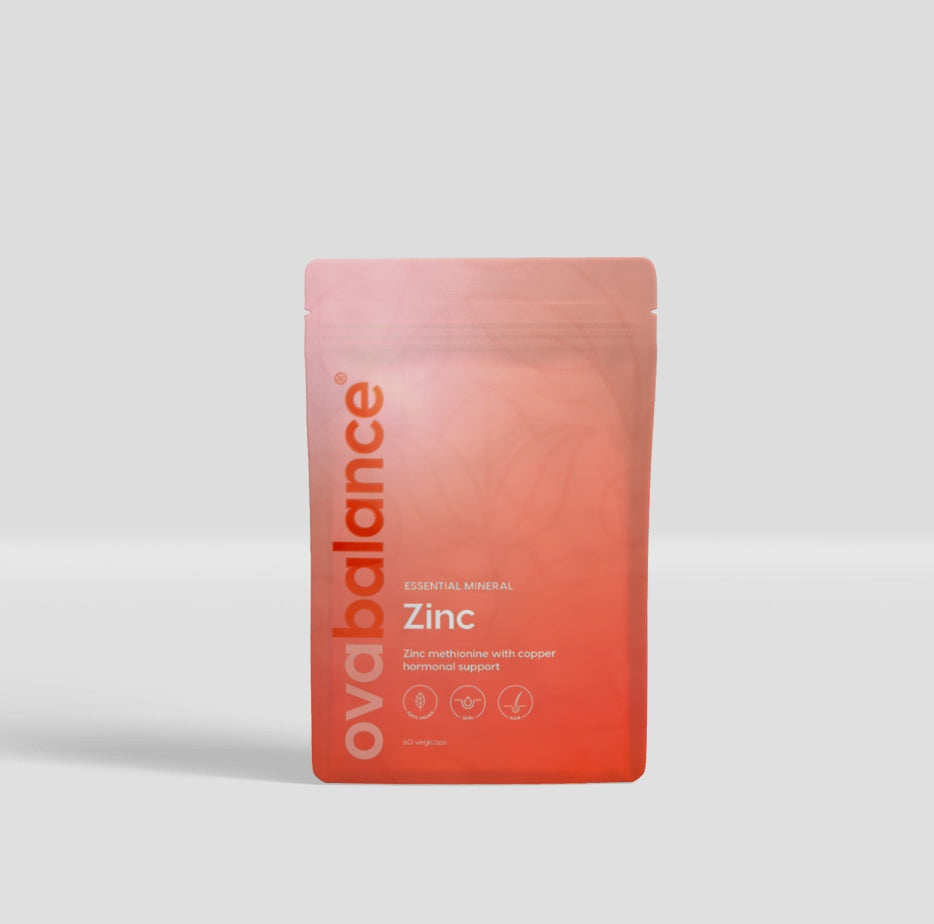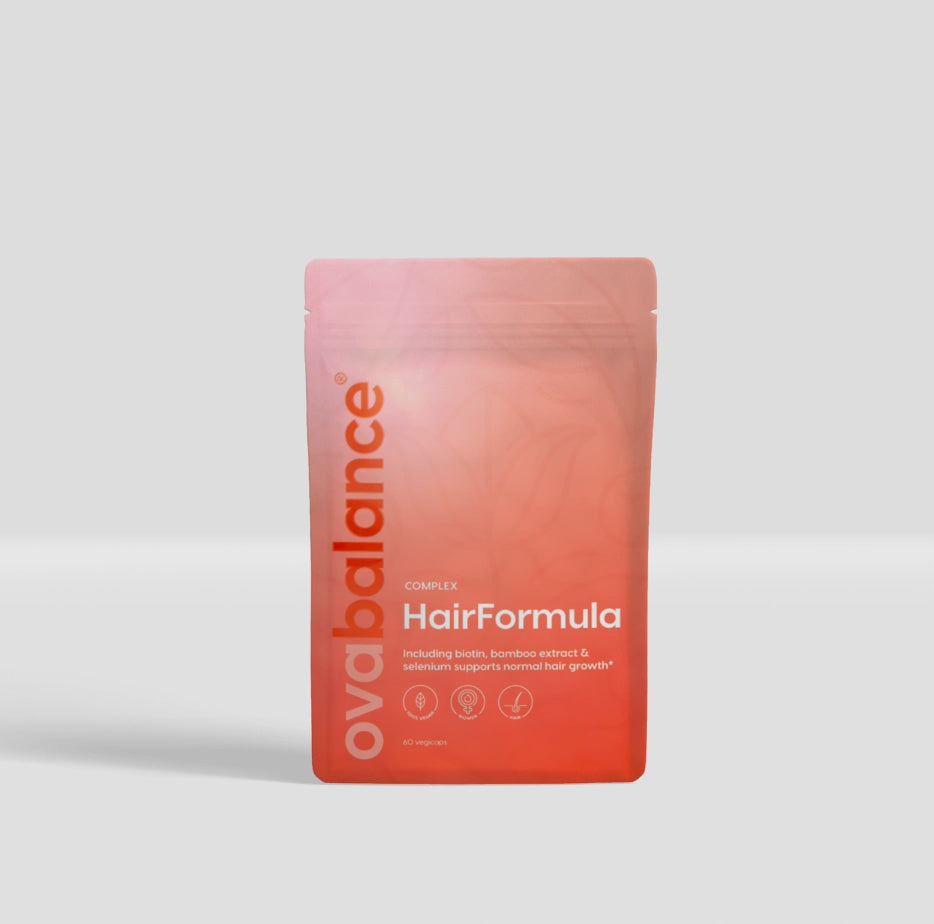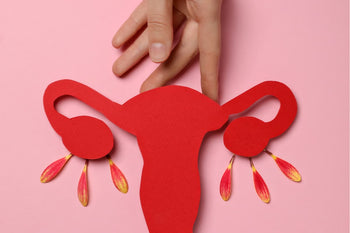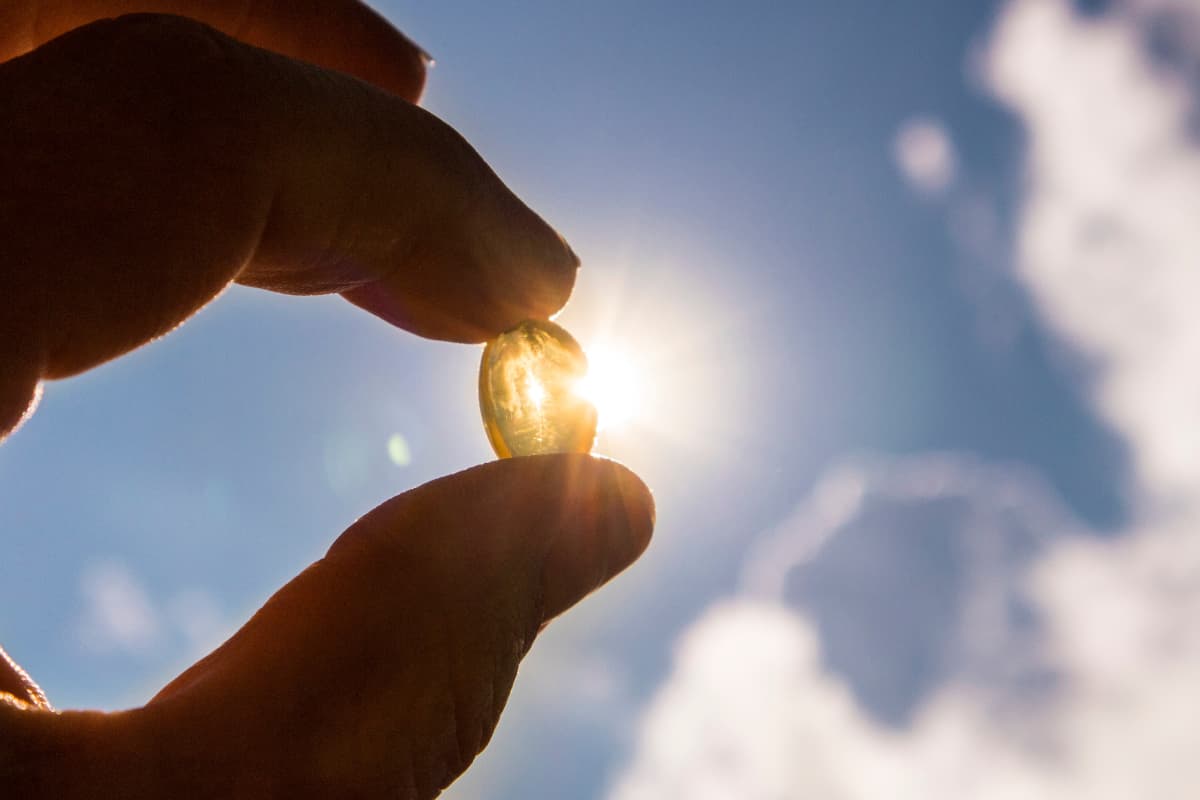

Vitamin D is a widely used supplement. And for good reason. When the 'r' is in the month again, it often means many gray days in our frog country. And you may notice this in your mood, your energy level and your joints. How come? The absence of sun rays.
Sunlight does so much for you! Just like plants and animals, we humans need our daily dose of sunlight. We make our daily supply of vitamin D with it. Is wintering in Spain not an option? Don't worry, there are other options to get your daily dose of vitamin D.
Vitamin D and sunlight
Vitamin D is one of the few vitamins that our body produces itself. This happens in our skin, under the influence of sunlight. It is therefore healthy to be outside for at least 15 to 30 minutes every day, in the sun. Unfortunately, getting enough sunlight every day can be quite difficult in the Low Countries. There is a good chance that you do not come into contact with the sun every day. It is then good to know that you can supplement your daily dose of vitamin D by means of a natural food supplement.
Read more about vitamin D and for whom a supplement is recommended here >>
Different forms of vitamin D
When we talk about vitamin D, many people know what we are talking about. However, vitamin D has multiple forms, such as D1, D2, D3, D4 and D5. Of these, vitamin D2 and D3 are the most common, but what is the difference between vitamin D, vitamin D2 and vitamin D3? Time to brush up on our knowledge.
What is the difference between vitamin D and D3?
Vitamin D is actually the umbrella term for all vitamin D variants. In our own skin we produce vitamin D3, when we come into contact with the sun. This applies to both the skin of people, but also to the skin of animals. Vitamin D3 is therefore also seen as the animal variant of vitamin D. Vitamin D3 is found in animal nutrients. In this way, your body not only gets vitamin D3 from the sun, but also from eating dairy, meat or eggs.
Also read: Which foods contain vitamin D3 >>
Difference between vitamin D2 and D3?
Vitamin D2 is a plant-based form of vitamin D. Unlike D3, you do not produce it yourself in your skin under the influence of the sun, but you can absorb it from plant-based nutrients. For example, by eating mushrooms. Vitamin D2 is therefore not a substance produced by the body itself. This also makes this form of vitamin D somewhat less efficient for your body.
Vitamin D3 is more effective than vitamin D2 because vitamin D3 is better absorbed by the body.
When to choose a vitamin D3 supplement?
As we have already mentioned above, it is not superfluous to take extra vitamin D3, especially in the autumn and winter months. Especially if you do not eat animal products.
People with a vegan lifestyle are faced with a dilemma here: many vitamin D3 supplements are not vegan. OvaBalance helps you out of the fire.
Plant-based vitamin D3
At Ovabalance we offer vitamin D3 vegan capsules. This allows you to be kind to yourself, but also to the animals and your environment.
The Ovabalance Vegan Vitamin D3 uses a completely plant-based variant of vitamin D3. Namely vitamin D3V. Vitamin D3V is produced from algae. It has been shown that D3V is chemically identical to vitamin D3. Because vegan vitamin D3 is extracted from algae and not from sheep's wool, there is no chance of residual pesticides.
Do you find drops easier? Then choose Ovabalance Vitamin D3+K2 . You can easily add these drops to your breakfast (yogurt, oatmeal or smoothie) or add them to a glass of water.
So you can enjoy the benefits of a vitamin D3 supplement with peace of mind. Because the Ovabalance vitamin D3 supplement is 100% vegan!

